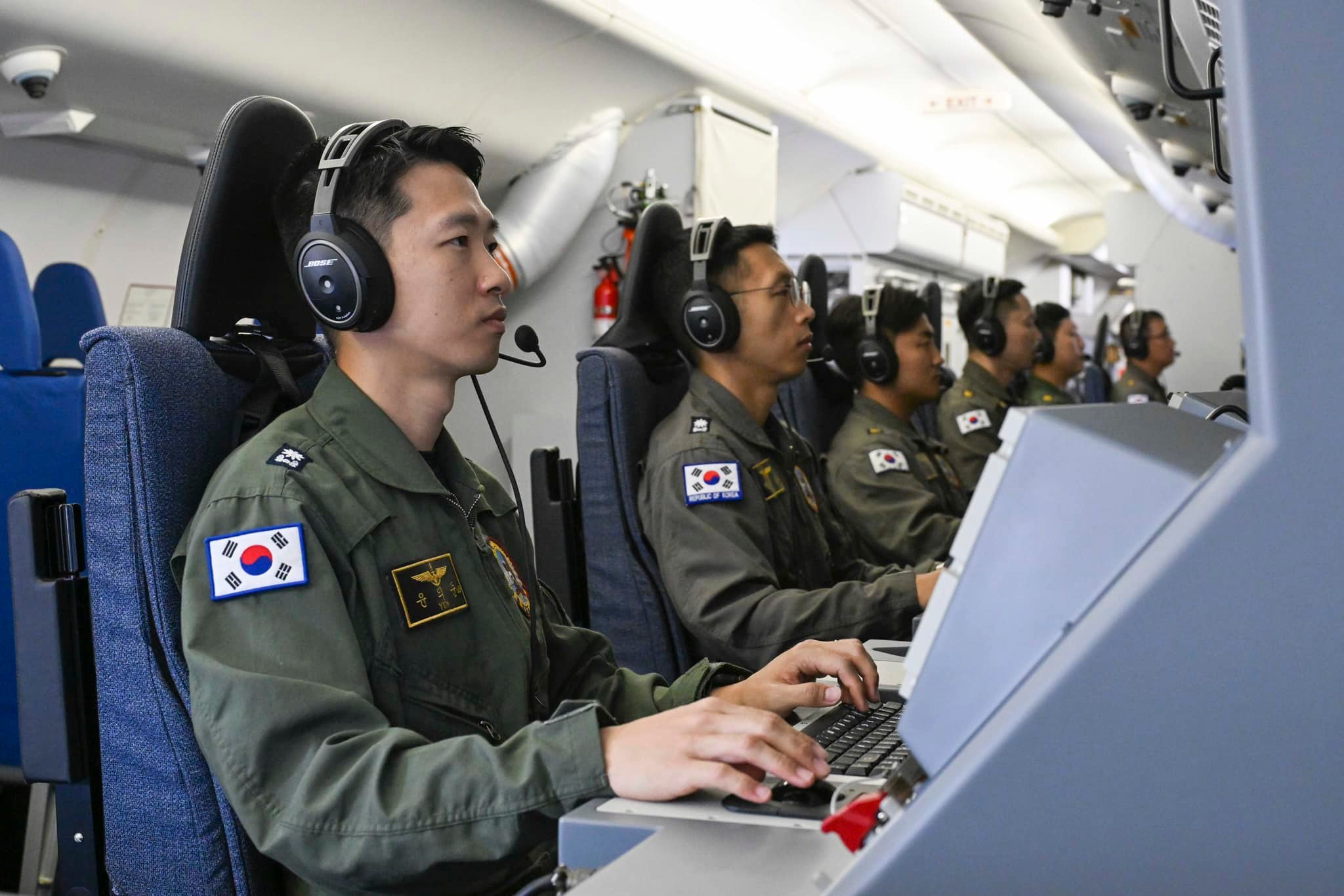South Korea officially received all of its P-8A Poseidon maritime patrol aircrafts
On Thursday, July 4, the Republic of Korea Navy (ROKN) took delivery of all six of its P-8A Poseidon multi-mission maritime patrol aircrafts (MPA) ordered from Boeing, with which it hopes to boost its maritime surveillance and anti-submarine warfare capabilities.
According to Yonhap News, Defense Minister Shin Won-sik, Chief of Naval Operations Admiral Yang Yong-mo and other senior regional and defense officials attended the delivery ceremony for the advanced aircraft at the Pohang Naval Air Command, 262 kilometers southeast of Seoul.
Shin said the new fleet of aircraft will be a «game changer» in defending the waters surrounding the Korean peninsula and warned North Korea against maritime provocations.
«The P-8A Poseidon will turn the enemy submarine into a fish in a fishbowl. The sea will become a hell for enemy submarines,» Shin said in his congratulatory speech.
Seoul initially decided to acquire the P-8As in September 2018, through a government-to-government «foreign military sale» program. Boeing delivered the first three units on June 19, followed by delivery of the remaining batch on June 30.

The ROK Navy reported that the P-8A will spend a year undergoing operational evaluation, including additional pilot and specialist training, and will participate in live-fire maritime exercises to calibrate and adapt to newly acquired operational capabilities, before entering service in mid-2025.
The P-8 combines the world’s most advanced weapons system with the economic advantages of the most widely used commercial aircraft on the planet. The P-8 has 86% commonality with the 737NG commercial jetliner, providing tremendous economies of scale in the supply chain, both in production and support. Boeing’s expertise in commercial fleet management and derivative aircraft maintenance provides customers with increased availability at a lower operating cost. The P-8 is designed for 25 years/25,000 hours in the harshest maritime flight regimes, including extended operations in icing environments.

/https://aviacionlinecdn.eleco.com.ar/media/2024/07/P-8A-Poseidon-ROKN.jpg)
Para comentar, debés estar registradoPor favor, iniciá sesión